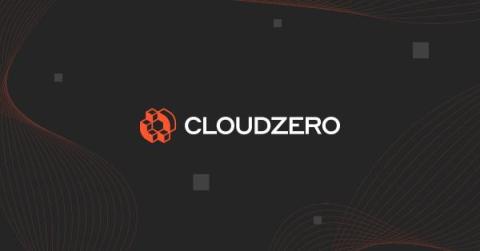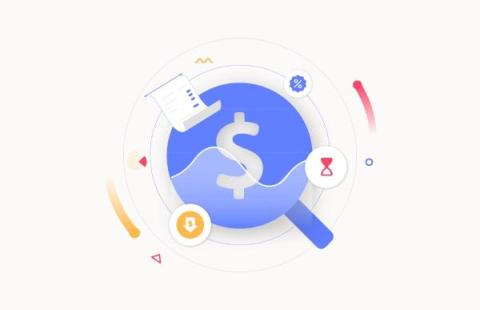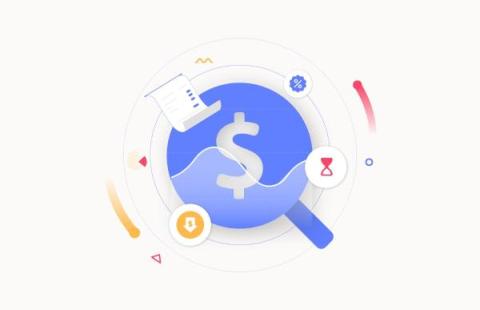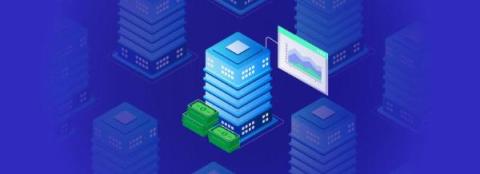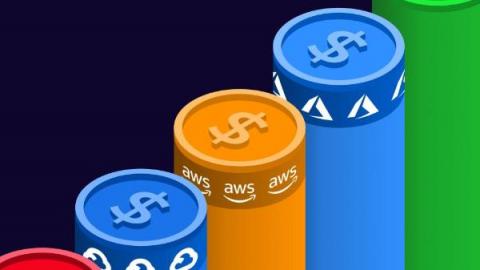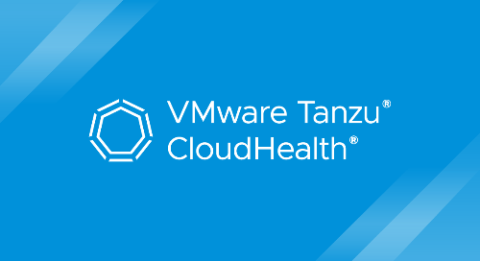Operations | Monitoring | ITSM | DevOps | Cloud
December 2023
Komodor Announces GA of New Kubernetes Cost Optimization Capabilities
Kubernetes has revolutionized how we manage and scale containerized applications, the flip side of this robustness is often a rising cloud bill. As you navigate the complexities of cluster growth across teams and applications, cost management can become a genuine headache. Enter Komodor’s newly released Cost Optimization Suite. In this blog post, we’ll unpack how this feature-rich addition to the Komodor platform will empower you to optimize costs without sacrificing performance.
Using Karpenter With EKS Fargate To Cut Costs On EKS Infrastructure
What Is Cloud Infrastructure? Everything You Need To Know
What Is Cloud Architecture? A Guide To Cost-Efficient Design
Unlock significant cost savings with Azure VM Reservations
Azure Cosmos DB Cost Optimization to avoid unforeseen expenses
How CloudSpend helps reduce the costs associated with your AWS Spot Instances
What Is FinOps? What You Need To Know In Under 10 Minutes
5 Strategies to Reduce Your AWS Lambda Expenses Efficiently
As a serverless computing service, AWS Lambda has revolutionized deployment with its pay-as-you-go model. Yet, users often grapple with unexpected costs. This guide underscores the criticality of cost optimization and prepares to unveil quintessential strategies to trim down your Lambda bills without compromising performance.
15 Ways to Reduce IT Costs in 2024
Common Cloud Cost Questions To Expect From Finance (And How To Answer Them)
What To Expect Immediately After Deploying CloudZero
50+ Key SaaS Statistics To Know In Under 15 Minutes
Product Release Notes November 2023
10 Google Cloud Alternatives You Should Seriously Consider Today
Amazon Web Services (AWS) Vs. Google Cloud Platform (GCP): Pricing Breakdown
EKS Cost Traps: 3 Common Mistakes And How To Avoid Them
How-to surface your multi-cloud costs with SquaredUp
Working in the cloud is certainly convenient, but the convenience comes at a price. With more and more organizations transitioning to the cloud, and a rise in preference towards cloud-native applications, hosting most, if not all the components of your business in the cloud is becoming increasingly common.
The Era Of Efficient Engineering: 3 Takeaways From AWS re:Invent 2023
Kubernetes Vs. Docker Vs. OpenShift: What's The Difference?
Cloud Migration 101: The Complete Guide To Migrating To The Cloud
Powering Forecasting with Machine Learning: The Future of Managing Cloud Costs
As cloud computing continues to grow in popularity, so does the need for accurate cloud cost forecasting. With cloud costs being variable and unpredictable, it can be difficult to know how much you’re going to spend each month, a problem that can lead to budget overruns and financial problems. This makes cloud cost forecasting a necessary step in owning and managing your cloud efficiently. In simple terms, cloud cost forecasting is the process of predicting future cloud costs.


